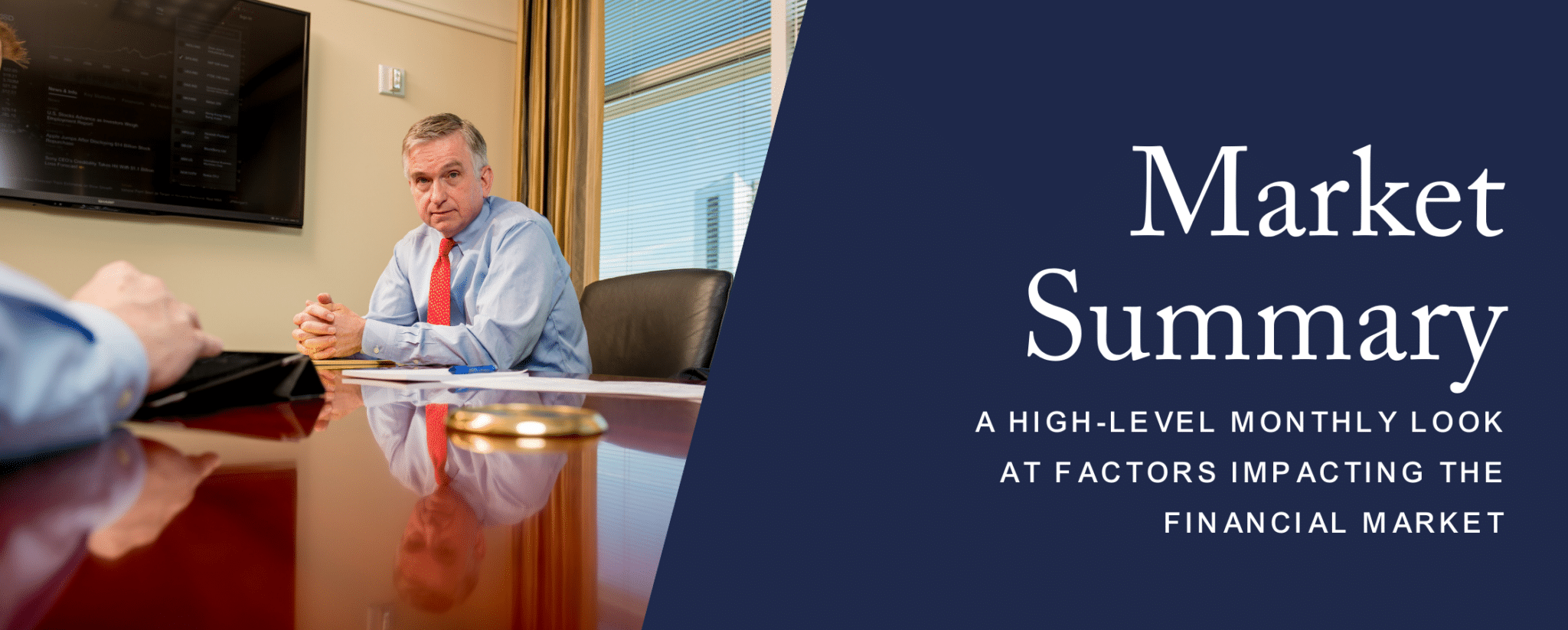
April 4, 2025
U.S. stocks declined for a second consecutive month in March as investors continued to worry about tariff scenarios. Gold and intermediate bonds rose as risk managers looked to hedge their portfolios against deteriorating conditions in the equity markets. The broad market, as measured by the S&P 500 Index, declined 5.6%. Discretionary (-8.9%), technology (-8.8%), and communication services (-8.3%) were the worst performing sectors, while real estate (+0.3%) and health care (-1.7%) were the best performers. Small-cap stocks declined more than large-cap and mid-cap stocks as investors seem afraid of their domestic revenue concentration and subsequent earnings risk in the case of potential U.S. economic softness.
A tariff-fueled “Growth Scare” and fears of “Peak AI” continue to weigh on the market and investors are facing increasing levels of uncertainty. The Trump administration seems willing to accept near-term pain for long-term gain; “bad” medicine (tariffs/immigration controls) coming before “good” medicine (tax cuts/regulatory relief). Investors are on high alert, awaiting evidence that “soft” data such as consumer/business sentiment surveys may be flowing through to “hard” data (measures of economic activity). So far, hard data, including employment and corporate credit spreads, remain OK and there is little evidence of weaker economic activity.
With inflation firmer than desired and tariff impact uncertain, the Federal Reserve has admitted to being on hold and seeing how things work out policy-wise. They do anticipate moderating the pace of quantitative tightening beginning next month more for “technical” reasons (alleviation of pressure on banking reserves associated with debt ceiling extension). There doesn’t appear to be a change to the goal of reducing the balance sheet; it may just take a bit longer to get there. With economic growth tapering a bit, inflation still elevated, trade and fiscal policies still uncertain, and the Fed on hold, the equity market is susceptible to continued volatility, with the only bright spot being extreme investor pessimism.